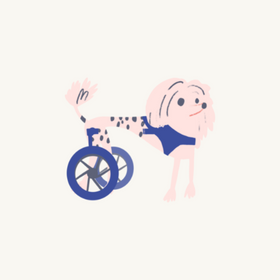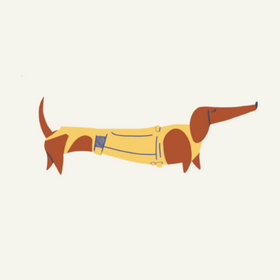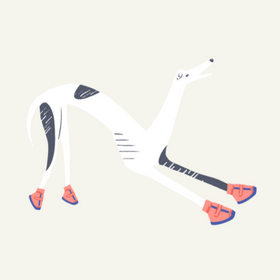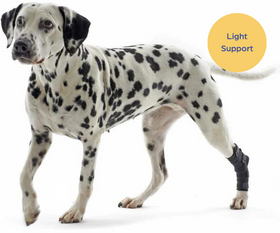01730 622544
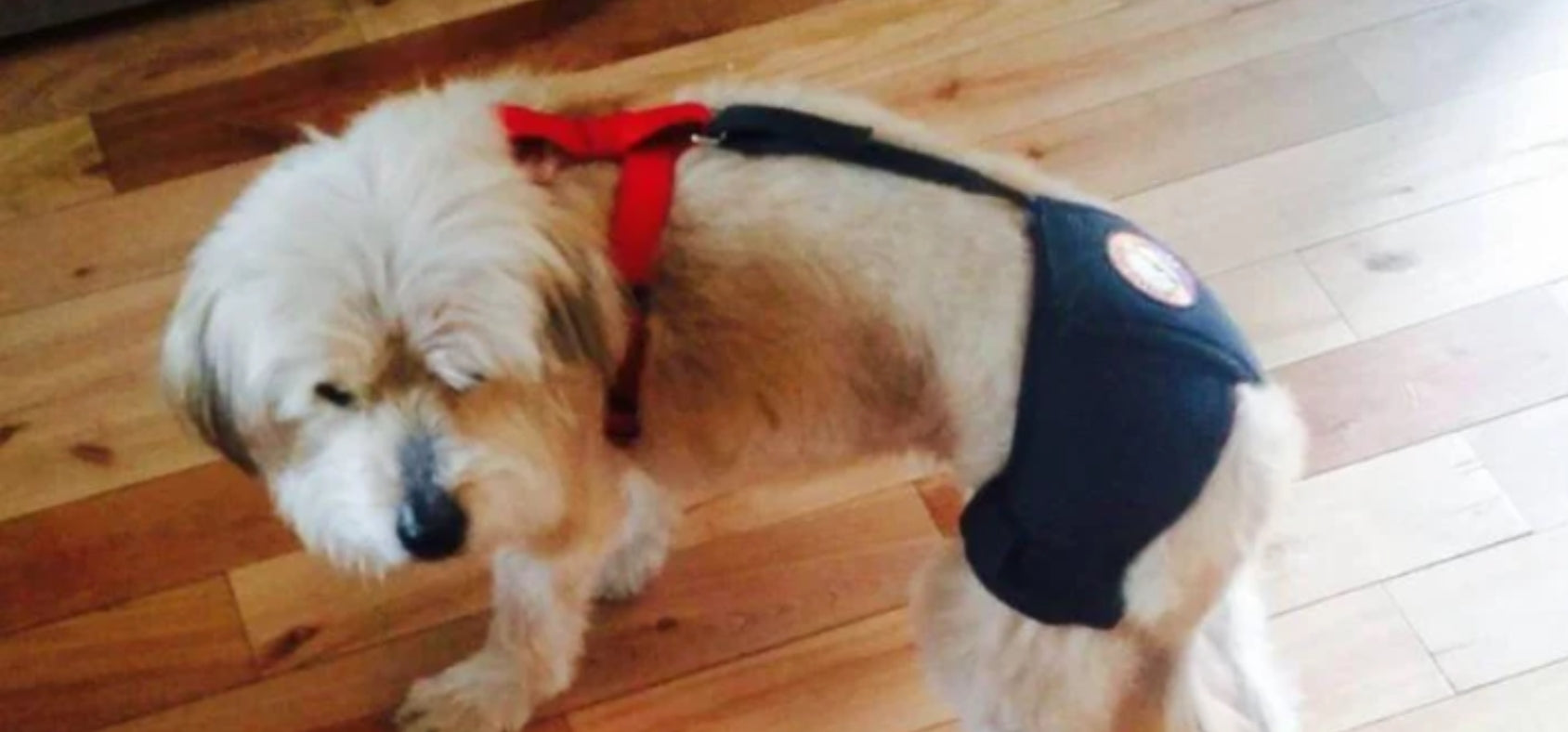
Canine Hip Dysplasia
Hip dysplasia in dogs is a very common, painful orthopaedic condition.
The ball at the top of thigh bone (femur) doesn't sit well in socket of the hip joint. Hip dysplasia is an inherited condition. Although some breeds are more vulnerable to it than others - e.g. rapidly growing large breeds - any dog can develop it.
The causes of canine hip dysplasia may include, but are not limited to:
- Genetically inherited causes and/or breed disposition
- Abnormal development of bones during growth.
- Neutering the dog before he reaches maturity.
- Injuries to the hip bones.
- Obesity, as the dog's weight may press on the joints leading to its displacement
Symptoms of Hip Dysplasia in your dog
There are various clinical signs of hip dysplasia in your dog, particularly if they're younger. These include lameness, difficulty standing or walking after getting up, decreased activity or a bunny-hop gait. It's often possible to help them medically or surgically so if you do notice these signs of hip dysplasia in your dog, it is essential to get an opinion from your vet.
When an older dog is exhibiting signs of pain associated with this condition, it's often possible for you to help them dramatically through high quality, natural dog supplements with a focus on joint health, pain relief, and simple steps like providing a warm bed or warm spot to rest during the day. Regular exercise can be very helpful and weight loss can have dramatic effects on the dogs condition. Canine Hydrotherapy can show fantastic results in many dog joint and pain problems, as well as general fitness.
Preventing Canine Hip Dysplasia
Knowing the causes of hip dysplasia in dogs is important in preventing this condition. However, in some cases, the problem cannot be prevented.
You should avoid neutering your dog before he is fully developed. Talk to your vet to establish if your dog is mature. If you have a female dog, you can spay her after her first cycle, which indicates that she is mature and her bones are fully developed.
Make sure your dog gets quality food and eats no more than he needs for his daily activities. Your dog should exercise daily, so that he won't get overweight.
Given the fact that canine hip dysplasia may be hereditary, the condition may be prevented by not breeding dogs that are affected by this condition. If you're considering buying a puppy, check your dog's parents' hip and elbow scores. Poor scores in parents indicate a high likelihood offspring will suffer from the same joint conditions.
A dog with hip dysplasia should be neutered as early as possible, but not before the dog has finished growing.
Hip Dysplasia Treatment
If your pet is affected by hip dysplasia, you will need to offer them support and treatment so that their mobility will improve. You can get in touch if you need advice on treating your dog. We have a selection of mobility aids, like the dog hip brace from Orthodog as well as a range of natural dog supplements that are powerful and fast working, and show great results.
In some cases, surgery can be an option. However, if surgery is not an option or you cannot afford surgery, you may opt for a choice of supplements and pain medication.
It's also worth considering a wheelchair, which gives your dog mobility while making sure that their hips and pelvis aren't bearing too much weight. Wheelchairs can be transformative for dogs with hip dysplasia. If your pet is overweight, weight control through the appropriate nutrition is recommended, as too much weight will put strain on the dogs joints.

Looking for help with your dog?
We can help find the right solution for your dog
Feel free to give us a call on 01730 622544
or email us at woof@zoomadog.co.uk

